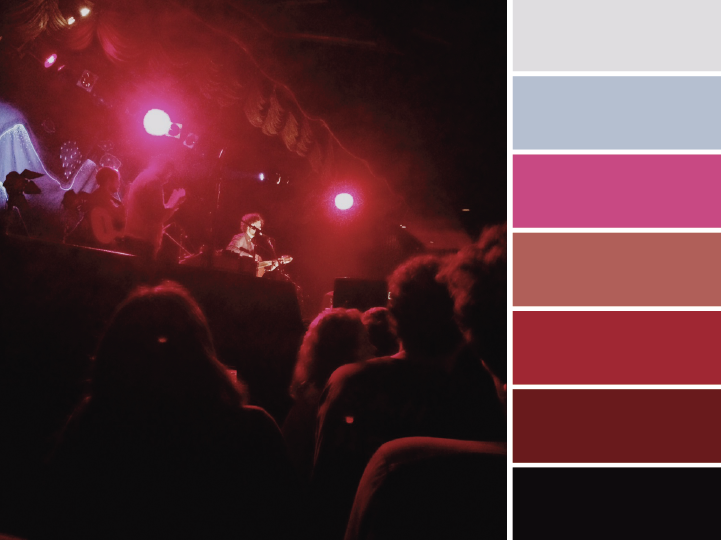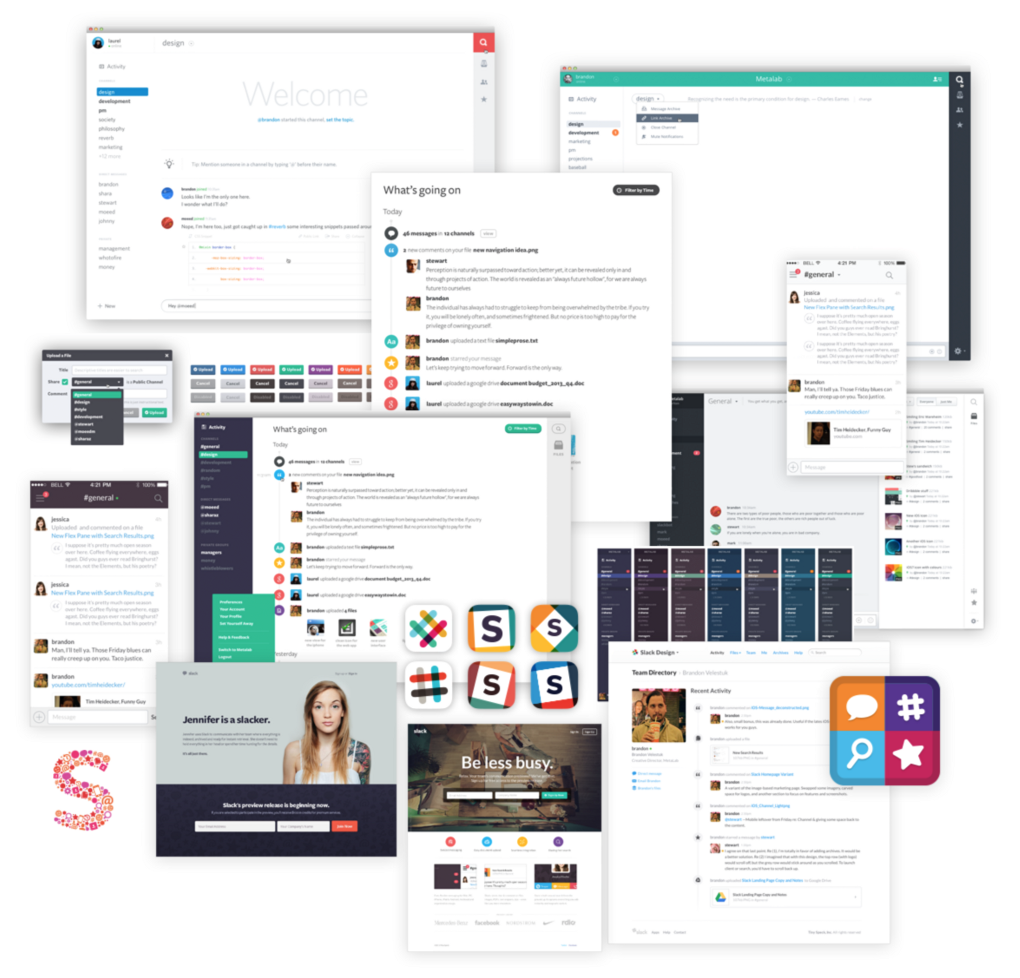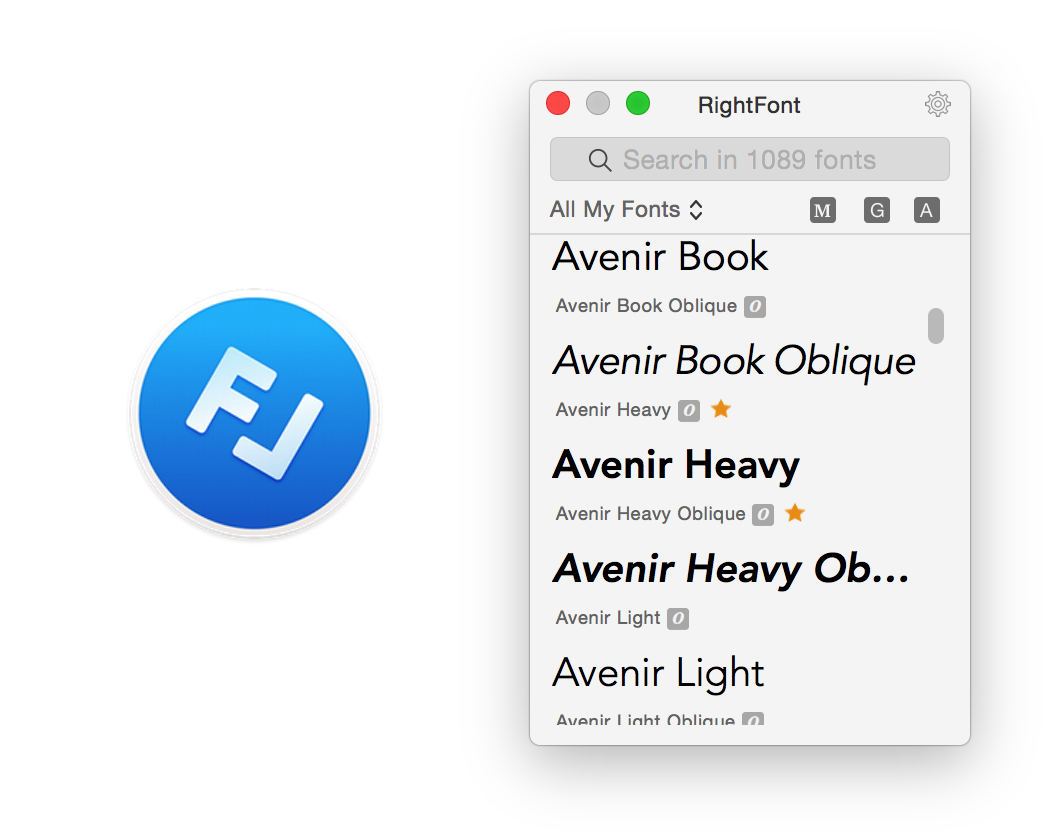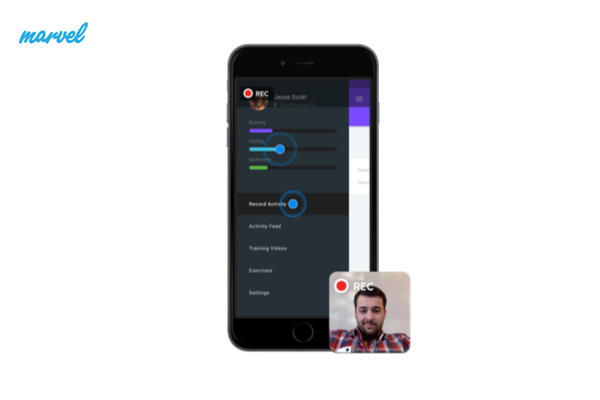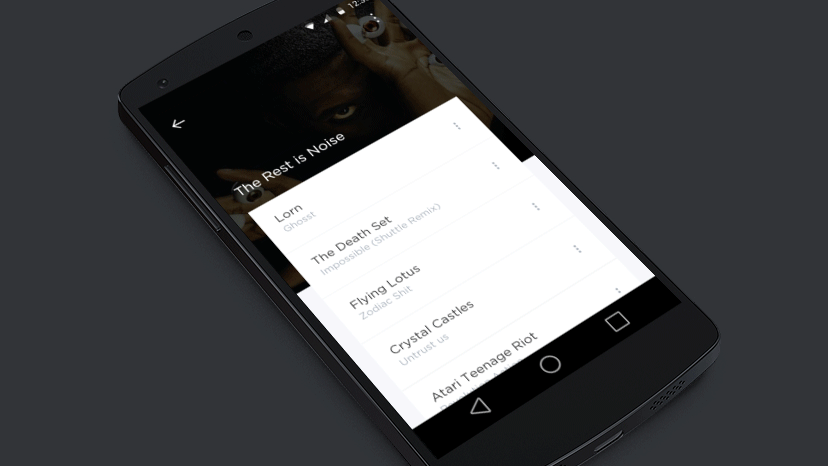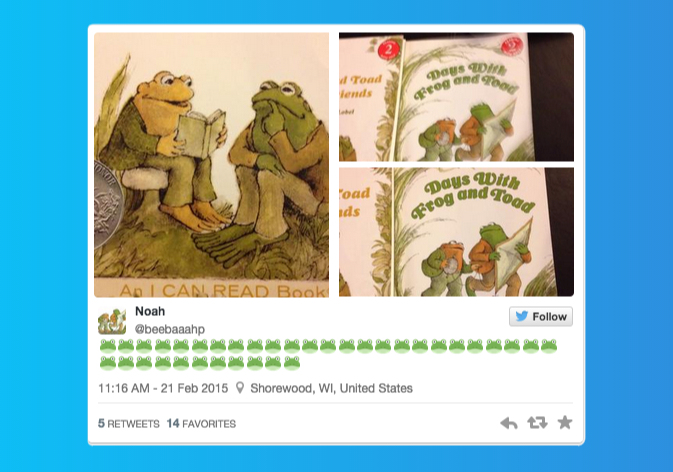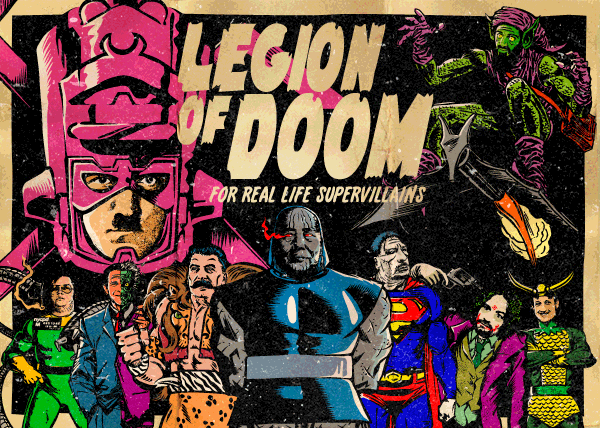Designer and artist Jaclyn Leneé is on a 100-day stretch doing a color palette everyday based on a different picture. See all of her palettes so far on her Tumblr.
~~Update~~
I reached out to Jaclyn on Twitter to ask a couple of questions about her inspiration and feelings around the project — see below:
What’s your process for coming up with the color palette for each photograph?
Jaclyn: I’m delighted by color in everyday life. I snap photos of subjects and textures I find beautiful, and pull colors from them.
How does this project relates to the way you use color in your design work?
Jaclyn: I frequently look online for color inspiration. Since I started this project, I’ve pulled from my own palettes. It is satisfying to design with my own color stories, rather than use a palette from Kuler, or elsewhere.
Do you expect things to get… repetitive by the 100th day? How do you look for new subjects and/or diff results?
Jaclyn: I doubt it. Every image is different, the lighting different, the subject different. Endless possibilities. It is all about opening my eyes to the world around me. I take a lot of walks and keep my eyes peeled for color and texture.
I’d like to thank Jaclyn for taking the time to answer these questions – great insights for anyone who wants to dive deeper into working with color

